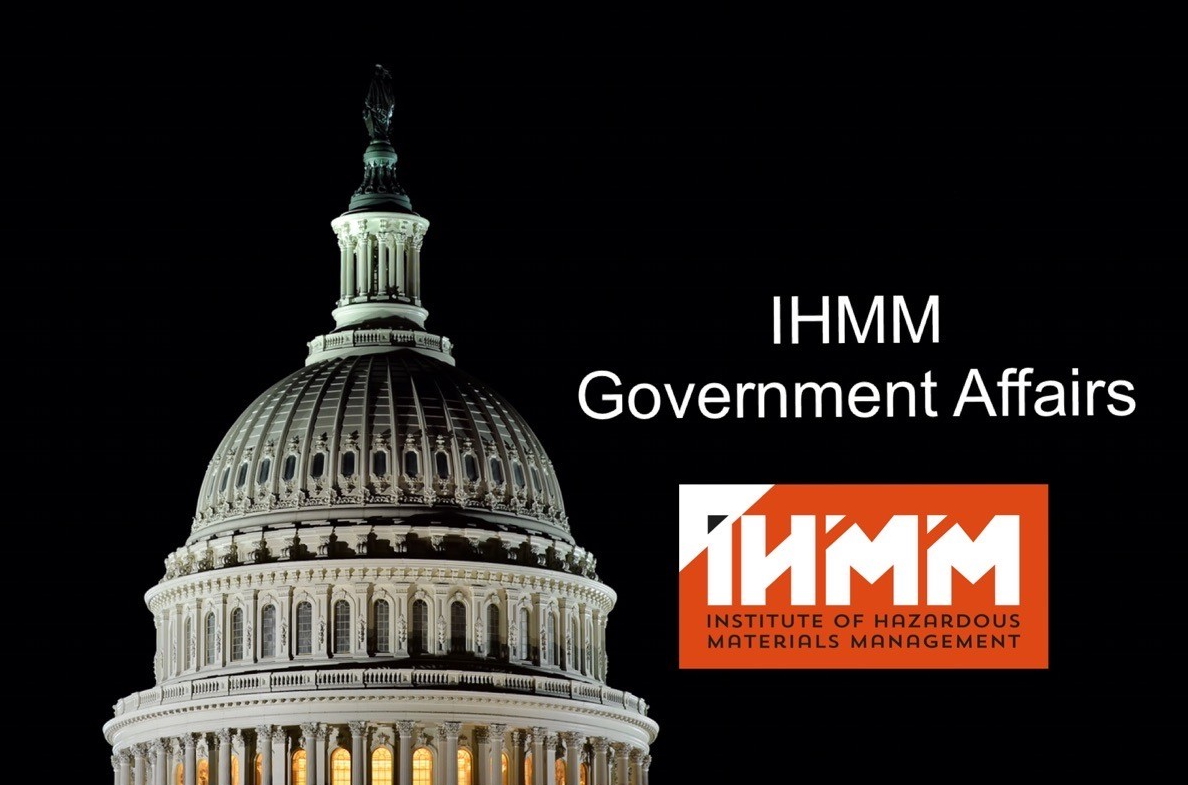PHMSA
In the biggest news of the week, the agency proposes amendments to the Hazardous Materials Regulations (HMR) to update, clarify, improve the safety of, or streamline various regulatory requirements. Specifically, the rulemaking responds to 18 petitions for rulemaking submitted by the regulated community between May 2018 and October. Here is a brief summary of the proposed actions:
PHMSA proposes to:
• Allow for appropriate flexibility of packaging options in the transportation of compressed natural gas in cylinders.
• Streamline the approval application process for the repair of specific DOT specification cylinders.
• Provide greater clarity on the filling requirements for certain cylinders used to transport hydrogen and hydrogen mixtures.
• Facilitate international commerce and streamline packaging and hazard communication requirements by harmonizing the HMR with international regulations to allow the shipment of de minimis amounts of poisonous materials.
• Provide greater clarity by requiring a specific marking on cylinders to indicate compliance with certain HMR provisions.
• Streamline hazard communication requirements by allowing appropriate marking exceptions under certain conditions for the transportation of lithium button cell batteries installed in equipment.
• Provide greater flexibility and accuracy in hazard communication by allowing additional descriptions for certain gas mixtures.
• Increase the safe transportation of explosives by updating certain Institute of Makers of Explosives (IME) documents currently incorporated by reference.
• Modify the definition of ‘‘liquid’’ to include the test for determining fluidity (penetrometer test) prescribed in the agreement concerning the International Carriage of Dangerous Goods by Road (ADR).
• Incorporate by reference several revised Compressed Gas Association (CGA) technical references.
Comments must be submitted by May 2, 2023.
FRA
The agency issued a Safety Advisory to make recommendations to enhance the mechanical reliability of rolling stock and the safety of railroad operations. It recommends that railroads: evaluate the thresholds for inspections based on hot bearing detector (HBD) data; consider the use of real-time trend analyses of HBD data as a criterion for inspection; ensure the proper training and qualification of personnel responsible for the calibration, inspection, and maintenance of HBDs; ensure proper inspection of rolling stock with HBD alerts; and improve the safety culture of their organization, particularly as it pertains to operational decisions based on HBD data. The advisory is a direct result of the recent derailment and subsequent release of hazardous materials in East Palestine, Ohio.
FMCSA
The agency requested approval to renew an ICR titled, ‘‘Training Certification for Drivers of Longer Combination Vehicles.’’ It relates to requirements for drivers to be certified to operate longer combination vehicles (LCVs), and associated recordkeeping requirements that motor carriers must satisfy before permitting their drivers to operate them. Motor carriers, upon inquiry by authorized Federal, State, or local officials, must produce an LCV Driver-Training Certificate for each of their LCV drivers. Comments on this notice must be received on or before April 3, 2023.
OSHA
The agency issued an ICR related to the use of hexavalent chromium in industry. The material is a heavy metal that can be hazardous if not properly handled.
Chemical Safety & Hazard Investigation Board
The board published an ICR related to the report form that must be used when a facility owner or operator is required to file a report of an accidental release, and the required content of such a report.


